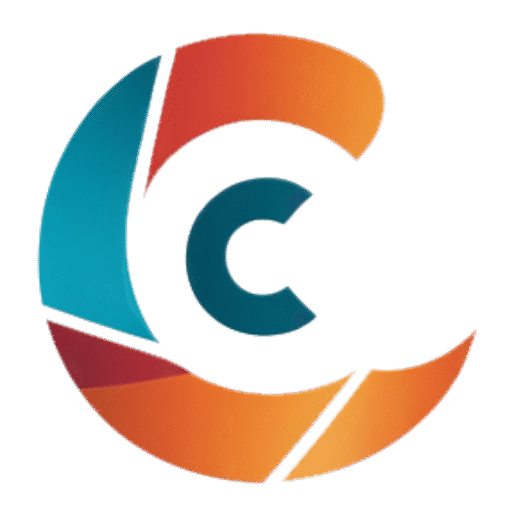What is medical billing and coding?
Medical billing and coding is the process of submitting and following up on claims with health insurance companies in order to receive payment for services rendered by a healthcare provider. The process involves using standardized codes to describe medical diagnoses and procedures, which are then used to bill insurance companies and government health programs for reimbursement. This process is typically performed by trained professionals known as medical billers and coders.
Who does it?
Medical billing and coding is typically performed by trained professionals known as medical billers and coders. These individuals are responsible for accurately coding the diagnoses and procedures provided by a healthcare provider, and then submitting claims to insurance companies and government health programs for reimbursement. Medical billers and coders may work in a variety of settings, including hospitals, clinics, doctor’s offices, and insurance companies. They typically have some level of post-secondary education in medical billing and coding, and may also be certified through professional organizations such as the American Academy of Professional Coders (AAPC) or the American Health Information Management Association (AHIMA).
How to learn medical billing and coding?
There are several ways to learn medical billing and coding:
Formal education: Many colleges and vocational schools offer certificate or degree programs in medical billing and coding. These programs typically include coursework in medical terminology, anatomy, coding systems, and reimbursement procedures.
Online education: There are many online programs and courses available that can provide training in medical billing and coding. These programs may be self-paced, and typically include the same coursework as traditional programs.
On-the-job training: Some employers provide on-the-job training for medical billing and coding positions. This can be a good option for those who want to start working in the field as soon as possible.
Professional certification: After gaining some experience or completing a training program, individuals may choose to become certified in medical billing and coding. Professional certification can demonstrate to employers and clients that an individual has the knowledge and skills necessary to perform the job effectively.
It’s important to note that each state has its own certification requirements, so it’s essential to check the rules and regulations of the state you’re in.

Some examples of medical billing and coding
Medical billing and coding involves using standardized codes to describe medical diagnoses and procedures. Some examples of these codes include:
ICD-10 (International Classification of Diseases, 10th Revision) codes: These codes are used to classify and describe diagnoses, such as a broken bone (ICD-10 code S52.02) or diabetes (ICD-10 code E11).
CPT (Current Procedural Terminology) codes: These codes are used to describe medical procedures, such as a physical examination (CPT code 99201) or a surgical procedure (CPT code 49321).
HCPCS (Healthcare Common Procedure Coding System) codes: These codes are used to describe medical supplies and other non-physician services, such as a crutches (HCPCS code E0110) or a home blood sugar monitor (HCPCS code A4253).
Revenue codes: These codes describe the type of service provided, such as inpatient hospital services (revenue code 0100) or laboratory services (revenue code 0801).
When a healthcare provider renders a service, the biller will use these codes to create a claim, which is then submitted to the insurance company or government health program for reimbursement.
For example, a patient goes to the doctor with a broken arm, the doctor diagnoses it as a fracture of the right humerus (ICD-10 code S52.02) and sets the arm with a cast (CPT code 29130). The biller will use those codes to submit a claim to the insurance company, stating the diagnosis and procedure performed, the insurance company will process the claim and reimburse the healthcare provider according to their policy and agreement.
How much do medical coders earn?
The salary of a medical biller and coder can vary depending on factors such as location, experience, and level of education. According to data from the Bureau of Labor Statistics (BLS), the median annual salary for medical and health services managers, which includes medical billers and coders, was $115,160 in May 2020. However, the BLS also reported that the lowest 10 percent earned less than $66,530, and the highest 10 percent earned more than $187,199.
The earnings can also vary based on the place of work and the type of facility. Medical billers and coders working in hospitals tend to earn more than those working in physician’s offices. Similarly, billers and coders in larger metropolitan areas may earn more than those in rural areas.
It’s also worth noting that some medical billers and coders may choose to work as independent contractors, which can provide more flexibility but may also come with a higher earning potential.
Is medical billing necessary?
Medical billing is a necessary process in the healthcare system as it enables healthcare providers to receive payment for the services they provide. Without medical billing, healthcare providers would not have a way to submit claims to insurance companies and government health programs for reimbursement. This would put a strain on the healthcare system as providers would have to rely on patients paying out of pocket, which could be difficult for many individuals and families.
Medical billing also plays an important role in maintaining accurate records and tracking the cost of healthcare. By using standardized codes to describe diagnoses and procedures, healthcare providers and insurance companies can track the cost of care and identify areas where costs may be too high. This can help to control healthcare costs and improve the overall efficiency of the healthcare system.
In addition, medical billing is also important for the patients, as it helps them understand their insurance coverage, the cost of the service, and what they have to pay out of pocket. This information allows them to plan their finances and budget accordingly.
In summary, medical billing is a necessary process that plays a crucial role in the healthcare system by enabling healthcare providers to receive payment for their services, tracking costs, and providing transparency to patients.

Leave a Reply